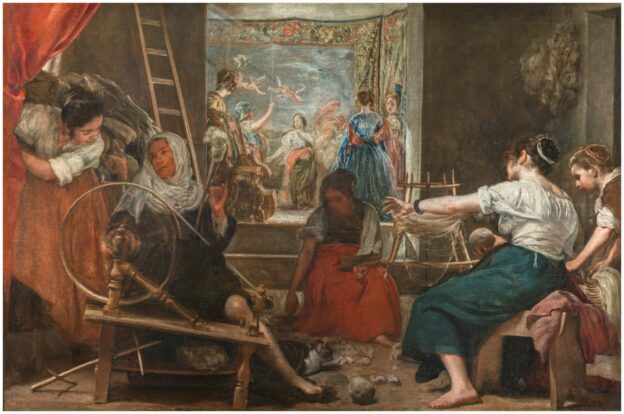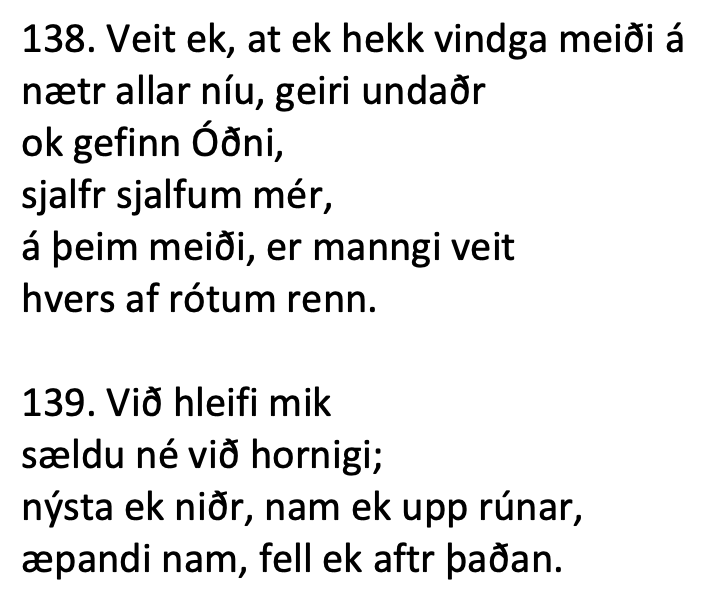- Facebook11
- Twitter2
- Total 13
One of the most famous–and notoriously ambiguous–phrases in all of Latin literature is Virgil’s “sunt lacrimae rerum” (Aeneid 1, 462). In his response to the Covid pandemic, Pope Francis interprets the phrase in an environmentalist spirit:
If everything is connected, it is hard to imagine that this global disaster is unrelated to our way of approaching reality, our claim to be absolute masters of our own lives and of all that exists. I do not want to speak of divine retribution, nor would it be sufficient to say that the harm we do to nature is itself the punishment for our offences. The world is itself crying out in rebellion. We are reminded of the well-known verse of the poet Virgil that evokes the “tears of things”, the misfortunes of life and history
(Pope Francis, 2020, 33)
Others have equated the phrase with the Japanese motto mono no aware, which Dennis Washburn defines as “an intuitive sensitivity toward the sublime, sad beauty that inheres in mutable nature and transitory human existence” (Washburn, 2016). In turn, mono no aware can express the First Noble Truth of Buddhism–the essential pervasiveness of suffering (Saito 1997)–or it can be an alternative to that view, a way of collecting and relishing representations of impermanence and loss.
Very literally, Virgil’s three words mean “there are tears of things,” but that statement makes little sense in English and requires expansion–using other meanings of the Latin nouns and/or additional connectives. English translators have proposed phrases as various as “The world is a world of tears (Fagles) or “They weep here / For how the world goes” (Fitzgerald), or even “The universe has sympathy for us” (Stewart, 1971, p. 119).
Gawin Douglas was the first to translate The Aeneid into a relative of modern English (Renaissance Scots), producing a version that Ezra Pound particularly appreciated. Douglas wrote:
Thir lamentabyll takynnys [condition] passit befor Our mortal myndis aucht to compassioun steir.
The context is important for understanding these words’ sense. The Aeneid begins in medias res with Aeneas, the sole important survivor of defeated Troy, trying to sail from there to Italy. The goddess Juno, who hates him and all Trojans, arranges for a terrible storm to scatter his ships and maroon him on the coast of Libya. Aeneas’ mother, Minerva, appears in the guise of a hunter and directs him to Carthage, which is under construction. He wanders into a temple of Juno, where the art illustrates the Trojan War, depicting Aeneas’ comrades, his enemies, and even himself in battle. Since this is Juno’s temple, we might guess that the paintings are supposed to celebrate Aeneas’ defeat. However, the sight gives him hope–the text says–and he blurts out:
"Sunt hic etiam sua praemia laudi; sunt lacrimae rerum et mentem mortalia tangunt. Solve metus; feret haec aliquam tibi fama salutem." "Even here praiseworthy deeds have their rewards; There are tears of things, and mortal matters impress the mind. Let fear go; this fame will also bring you some benefit."
Aeneas sees his own story as depicted by human artists, provoking thoughts of loss and sorrow but also pride. He utters a concise but mystifying phrase that pairs the words for “tears” and “things.” I imagine a companion following up with questions:
Do you mean that things are intrinsically or fundamentally sad?
– Yes, that is what I feel right now.
Or that these paintings are objects that make people cry?
– That too.
Are you somehow happy to see these sad events depicted?
– I suppose so.
Yet they make you sad?
– That is what I am happy about.
Do you want people who hear about your suffering to be sad?
– Yes, but I want them to relish that sadness.
In the end, I don’t think the original poem really provides a basis for interpreting the phrase as a statement of existential wisdom, comparable to mono no aware or to modern environmentalism. I suspect Aeneas is mostly interested in being depicted heroically in art. “This fame will bring you benefit” is his main point. However, the words “sunt lacrimae rerum” jump out of their context and can translate ideas from remote traditions.
Sources: Pope Francis, Fratelli Tutti: Encyclical Letter on Fraternity and Social Friendship, English version (Libreria Editrice Vaticana, 2020); Dennis Washburn, introduction to Murasaki Shikibu, The Tale of Genji (W. W. Norton & Company, 2016); Saito, Yuriko. “The Japanese Aesthetics of Imperfection and Insufficiency.” The Journal of Aesthetics and Art Criticism, vol. 55, no. 4, 1997, pp. 377–85; Douglas J. Stewart, “Sunt Lacrimae Rerum.” The Classical Journal, vol. 67, no. 2, 1971, pp. 116–22; Gawin Douglas, The Aeneid translated into Scottish Verse. See also David Wharton, “Sunt lacrimae rerum: an exploration in meaning.” Classical Journal 103.3 (2008): 259-279. And see: Nostalgia for Now; Arachne; The Wedding of Peleus and Thetis; The Laughter of the Gods; and compassion, not sympathy (on Seneca).

